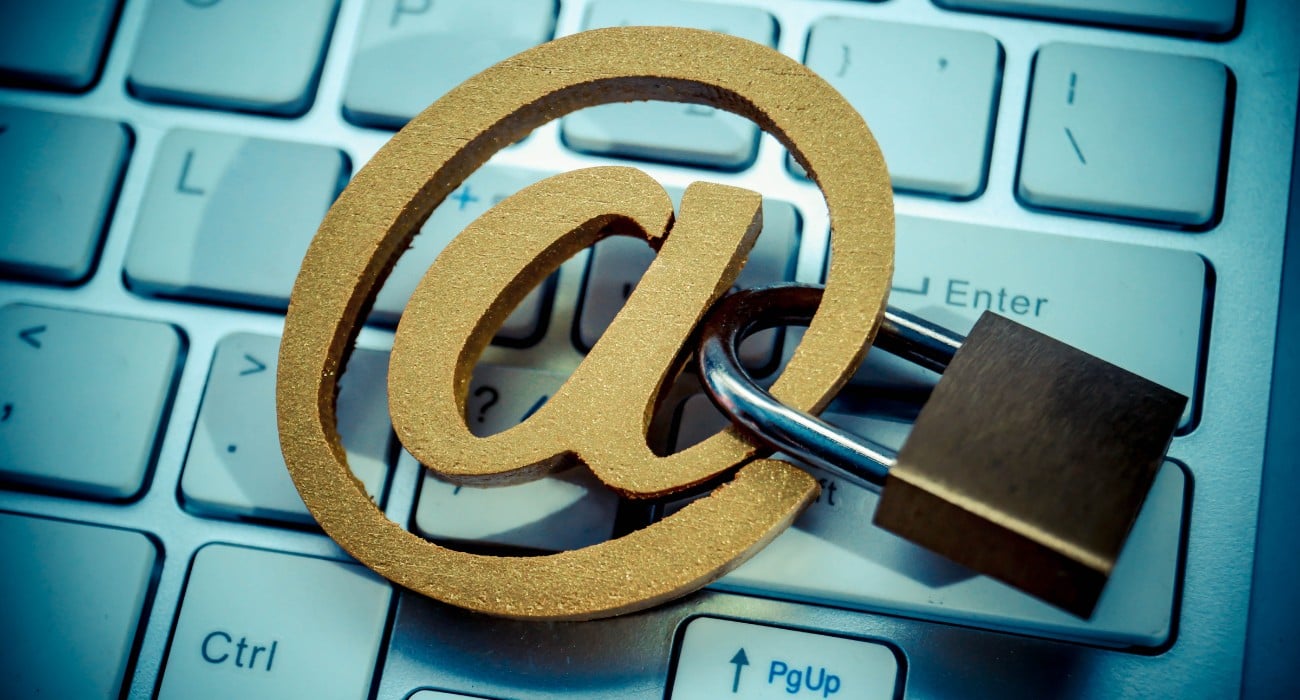
HIPAA doesn't explicitly prohibit emailing X-rays but requires strict adherence to specific rules to ensure patient information security. Healthcare providers must obtain written patient consent before emailing X-rays, use HIPAA compliant email services with encryption, and establish a business associate agreement (BAA) with the email provider. Additionally, implementing robust access controls, training staff on secure email practices, and conducting regular audits help maintain compliance and protect patient privacy.
Understanding PHI and X-rays
According to the HHS, "The Privacy Rule protects all "individually identifiable health information" held or transmitted by a covered entity or its business associate, in any form or media, whether electronic, paper, or oral. The Privacy Rule calls this information "protected health information (PHI).".
PHI encompasses any medical information that can identify a patient, including images like X-rays. When X-rays contain identifiers such as a patient’s name, address, or other personal details, they are considered PHI under HIPAA. However, if an X-ray is de-identified by removing all identifying information through a HIPAA compliant process, it is no longer considered PHI.
HIPAA requirements for emailing X-rays
-
Patient consent
Obtain the patient's written authorization before emailing X-rays. Consent ensures that patients are fully aware of the risks and benefits associated with email communication. Additionally, maintaining a documented record of the patient’s consent is useful for compliance and future reference.
Related: How to obtain patient consent for email communication
-
Use of HIPAA compliant email services
Standard email services do not meet HIPAA’s security requirements. Healthcare providers must use HIPAA compliant email services offering encryption to protect PHI during transmission. Moreover, a BAA with the email service provider is required. The BAA outlines the provider's responsibilities in safeguarding PHI and ensures their compliance with HIPAA regulations.
-
Encryption
Encryption is a HIPAA requirement when emailing X-rays. It protects data by converting it into a coded format that is unreadable to unauthorized individuals. Encryption, which secures data during transmission, and encryption at rest, which protects stored data, ensure comprehensive security.
Alternative communication method
Healthcare providers can also use direct HIPAA compliant text messaging systems designed specifically for healthcare communication. These systems offer a higher level of security and control compared to standard email services. Secure messaging platforms are built to comply with HIPAA regulations and provide a safer method for transmitting PHI.
Implementing access controls and authentication
Healthcare providers must implement robust access controls to prevent unauthorized access to email accounts used for sending X-rays. Limiting access to authorized personnel and using role-based access controls ensures that only individuals with the necessary clearance can view or send PHI. Additionally, employing multi-factor authentication (MFA) adds an extra layer of security by requiring multiple forms of verification before granting access.
Training and policy development
- Staff training programs: Regular training programs for staff should cover the importance of securing PHI, the specific protocols for emailing sensitive information, and the potential risks of noncompliance.
- Developing policies and procedures: Create and enforce clear policies and procedures for the secure emailing of X-rays that detail the steps for obtaining patient consent, using HIPAA compliant email services, and implementing encryption.
Incident response plan
- Developing an incident response plan: A comprehensive incident response helps effectively manage data breaches. This plan should outline the steps to be taken in the event of a breach, including containment, investigation, and notification.
- Reporting breaches: HIPAA requires timely reporting of breaches to the appropriate authorities and affected patients. Clear procedures for reporting and responding to breaches ensure compliance with HIPAA’s breach notification rules and help maintain patient trust.
Ensuring the minimum necessary rule
When emailing X-rays, healthcare providers must apply the minimum necessary rule, limiting the information included to only what is essential for communication. Redacting non-essential identifiers from X-rays before emailing them further reduces the risk of unauthorized disclosure of PHI.
FAQs
Can I email X-rays to a patient's personal email address if they request it?
Yes, but you must inform the patient of the risks and obtain their written consent. A secure, encrypted email service is still recommended to protect their information.
Is it acceptable to use cloud storage services to store X-rays before emailing them?
Only if the cloud storage service is HIPAA compliant and you have a BAA with the provider. The service must also offer encryption and secure access controls.
Subscribe to Paubox Weekly
Every Friday we'll bring you the most important news from Paubox. Our aim is to make you smarter, faster.



